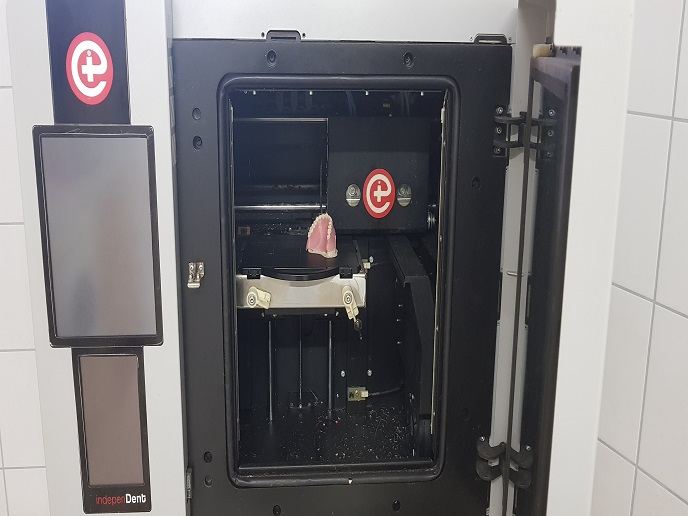New starter for designer cheese
Smear cheeses are unique in that the surface bacteria and yeasts help to give the cheese many of its properties including surface colour, taste and texture. Normal practice is to transfer the microbial mixture from an existing batch of cheeses to the next. This however carries the inherent risk of contamination, a very serious issue particularly when invaders such as Listeria are concerned. To avoid this situation, the European project SMEAR devised a method to develop and test improved starters for application to the surface of the cheese. In particular, the aim was to provide better controlled production of red smear cheese, an important sector in the European market. Action of the surface starter microflora makes use of their biochemical properties and the principles of intermicrobial competition and inhibition. Central to the starter composition are the yeasts that raise the pH of the cheese. At the higher pH, specific beneficial bacteria from starter then can grow. The role of the bacterial component is to encourage the characteristic red glow of the cheese, promote good sensory properties and inhibit moulds. The project team coordinated by NIZO Food Research in the Netherlands put together a trial routine composed of essential steps to ensure better process control. The method also serves as a platform on which to base the development of new starters, e.g. for other types of cheese. The smear mixture was to consist of five selected species, the identity of which depended on the type of cheese and the production environment. Steps incorporated into the new routine include identification of the all important microflora together with their biochemical properties. At this stage, other selected microbes can be added to give further refinement. After the application of pilot scale experiments for cheese production, the final blueprint can be applied to the manufacturer. The outcome of this research is significant for both the small and large cheese-making companies. It means improved and safer smear cheese and increased consumer confidence. Furthermore, better controlled cheese-making means less losses and more income for the manufacturer.







